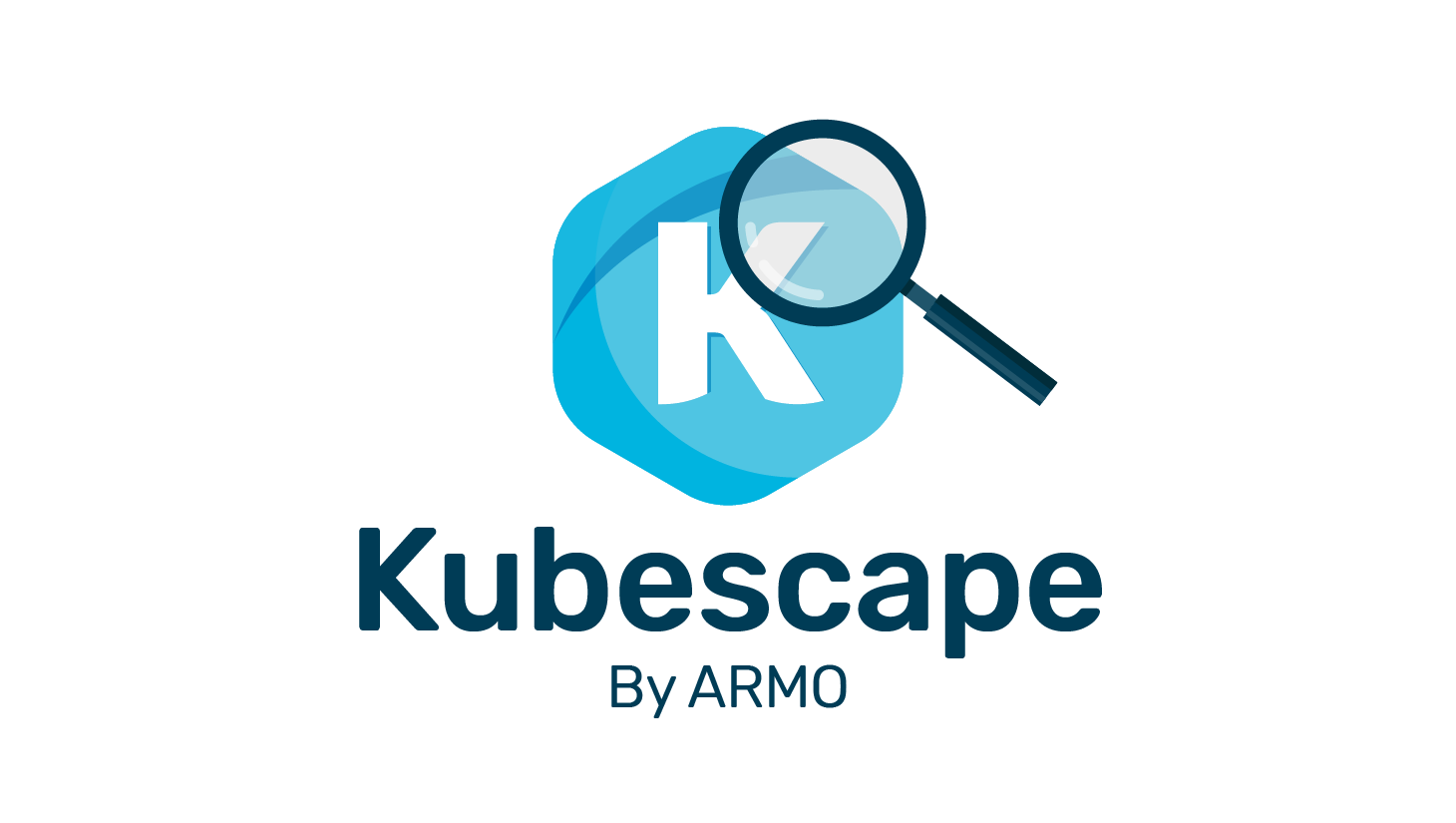Go Integrations OPA Ecosystem Projects
Projects using OPA as a Go module to implement policy-based functionality.

Regal
Regal is built using the Go Rego API. Regal evaluates linting rules defined in Rego against the Rego AST of policy files. The linter package is a good place to see how OPA is used in the project.
Topaz
Topaz's Authorizer component makes use of the Rego API to evaluate policies to make authorization decisions for connected applications.

Rönd
The Rönd sidecar uses the OPA Rego API to make API-access authorization decisions. See the OPA evaluator code.

OPA Gatekeeper
OPA Gatekeeper is written in Go and uses the Rego Go API to evaluate policies loaded from Custom Resources.
Pulumi
The Pulumi OPA bridge uses the Rego API to evaluate policies in a policy pack. View the docs and code.

Kubescape
Kubescape uses the Go Repo API to test Kubernetes objects against a range of posture controls.

Flipt
Flipt's authorization feature uses the Go API to embed Open Policy Agent and evaluate authorization policies. These docs explain how it works.

dependency-management-data
dependency-management-data uses the Go Rego API to make it possible to write more complex rules around usages of Open Source and internal dependencies.
Example policies can be found in DMD's example project and provide an indication of some common use-cases.
Dapr
Dapr's contrib middleware include an OPA integration built on the Go API. This tutorial explains how to configure it.

Container Signing, Verification and Storage in an OCI registry
Cosign In-Toto attestations can be written in Rego, these are evaluated in the Cosign binary using the Go API.
Open Policy Containers
Makes use of the OPA Repl package to interact with an OPA instance.

Lula
Lula is written in Go and uses the Rego Go API to evaluate configuration for compliance against security controls.

Conforma
Conforma uses the OPA go library to process rego policies when validating the signatures and attestations of container images and other software artifacts.

Chef Automate
Chef Automate uses the Go Rego API to evaluate authorization policies controlling access to its own API endpoints. The feature is documented here.
